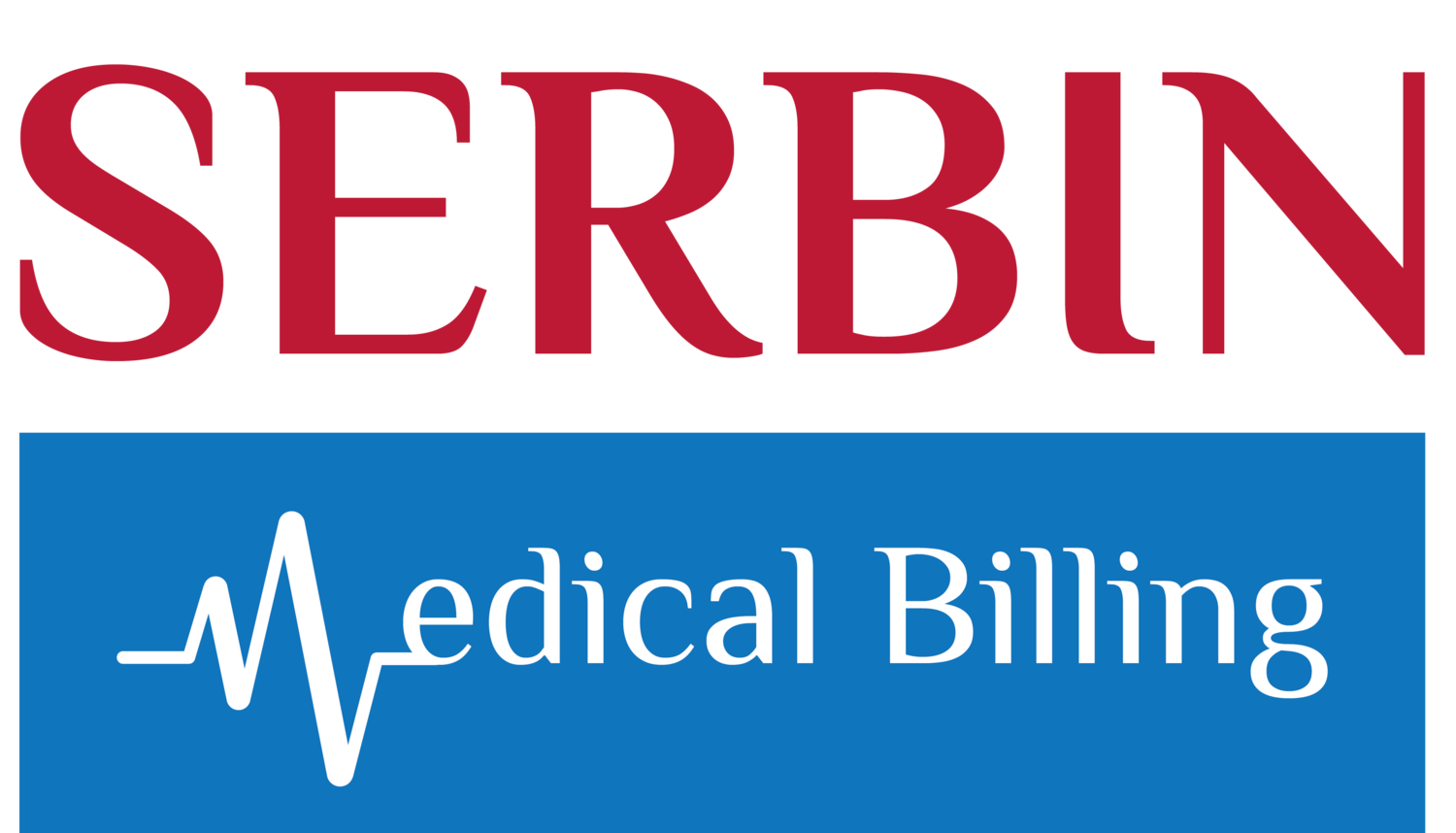10 Areas of Focus to Improve Your ASC Accounts Receivable
By Caryl Serbin, President and Founder, Serbin Medical Billing
Managing your ASC's revenue cycle begins the day the procedure is scheduled and ends when the patient’s account is paid in full. There are many steps involved to arrive at the desired conclusion. Focusing on the following 10 areas can make the difference as to whether this is an efficient and timely process or whether it gets bogged down somewhere, resulting in an increase in your days in accounts receivable (A/R).
1. Clean claims
Ensure all claims submitted are free of errors (clean claim). Mistakes result in returned claims, delaying the reimbursement process. Follow the specific state and carrier criteria for form completion as they may vary between third-party payers and states. Get it right the first time!
2. Provider dictation
Physician providers must provide timely, accurate and detailed dictation to enable proper and optimal coding and billing. If the providers do not dictate at the time of the procedure, this results in delayed billing. If their reports lack specificity, this may result in lost revenue. If necessary, speak up. Explain the need for timeliness and attention to detail to the providers directly or through their assistants. Ask if there is anything the ASC can do to make this task easier for them.
3. Timely filing
Know your payer deadlines. Your charge poster/biller should maintain awareness of any time constraints for filing claims included in your center’s contract. Processing a claim can often be lengthy, especially when there are questions about the claim which are flagged and returned by the carrier. It’s important to know your contract requirements and ensure additional requests for information are returned to the payer in a timely manner.
4. Timely payments
Collections efforts on unpaid claims submitted to third-party payer should begin within two weeks after filing and acceptance of a claim. Medicare reimbursement by electronic funds transfer can be received within two weeks and many other managed care companies are switching to this payment process as well. Also, most states regulate the length of time a carrier has in which to pay a clean claim so it’s important that your collector is cognizant of these prompt payment laws and uses this knowledge to enforce them.
5. Payment posting
Your payment poster should always post payments to patient accounts within 24 hours of receipt. Get the money in the bank — it’s not earning interest sitting on the poster’s desk.
6. Contract knowledge
Be familiar with your managed care contracts. Understanding what procedures and expenses are covered and what are ineligible is imperative to being paid accurately and to the fullest extent allowed.
7. Denial logs
Develop a denial log. It’s a great tool to identify and track denial trends. By following these denials, you may detect discrepancies in your internal billing methods as well as identifying unusual payer trends.
8. Persistence
Follow up regularly on unpaid claims. When you receive an erroneous payment of a denial, resubmit immediately. Stay on top of it and don’t give up.
9. Unpaid claims
Gather all unpaid claims and sort by payer. Address all the claims requiring a phone call with each carrier at the same time. Due to long wait times, this will save you time, frustration and money.
10. A/R review
Analyze your A/R reports regularly. It’s important that you touch unpaid claims at least every 30 days. Once again, persistence pays off.
Be Vigilant
Carriers often delay payments. After all, the longer they can keep from paying a claim, the more interest they earn on that money. However, not all payment delays are carrier-driven. Regardless of the cause for delay, maintaining a steady and timely cash flow requires constant vigilance on all areas of your revenue cycle.

